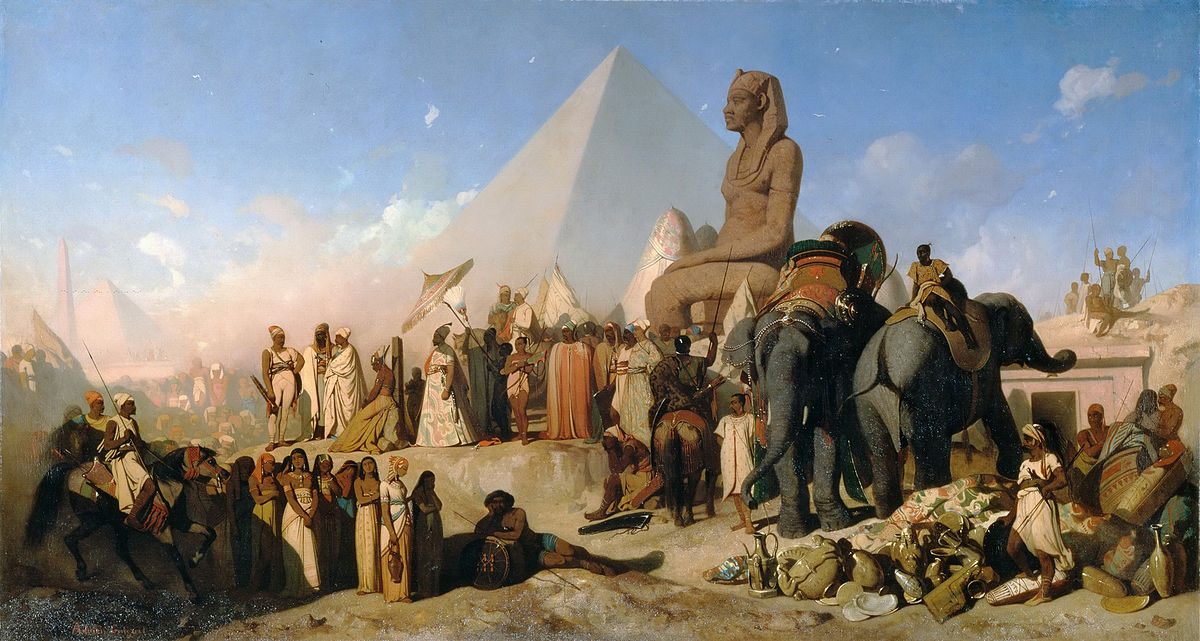
Late Period of Ancient Egypt
Sais, Basyoun, EgyptThe Late Period of ancient Egypt, spanning from 664 to 332 BCE, marked the final phase of native Egyptian rule and included Persian dominion over the region. This era began after the Third Intermediate Period and the rule of the Nubian 25th Dynasty, starting with the Saite Dynasty founded by Psamtik I under Neo-Assyrian influence.
The 26th Dynasty, also known as the Saite Dynasty, reigned from 672 to 525 BCE, focusing on reunification and expansion. Psamtik I initiated the unification around 656 BCE, itself a direct consequence of the Assyrian Sack of Thebes. Canal construction from the Nile to the Red Sea began. This period saw expanded Egyptian influence into the Near East and significant military expeditions, like those of Psamtik II into Nubia.[69] The Brooklyn Papyrus, a notable medical text from this time, reflects the era's advancements.[70] Art from this period often depicted animal cults, like the god Pataikos with animal features.[71]
The First Achaemenid Period (525–404 BCE) began with the Battle of Pelusium, which saw Egypt conquered by the expansive Achaemenid Empire under Cambyses, and Egypt become a satrapy. This dynasty included Persian emperors like Cambyses, Xerxes I, and Darius the Great, and witnessed revolts like that of Inaros II, supported by the Athenians. Persian satraps, such as Aryandes and Achaemenes, governed Egypt during this time.
The 28th to 30th Dynasties represented Egypt's last stretch of significant native rule. The 28th Dynasty, lasting from 404 to 398 BCE, featured a single king, Amyrtaeus. The 29th Dynasty (398–380 BCE) saw rulers like Hakor battling Persian invasions. The 30th Dynasty (380–343 BCE), influenced by the 26th Dynasty's art, ended with Nectanebo II's defeat, leading to the re-annexation by Persia.
The Second Achaemenid Period (343–332 BCE) marked the 31st Dynasty, with Persian emperors ruling as Pharaohs until Alexander the Great's conquest in 332 BCE. This transitioned Egypt into the Hellenistic period under the Ptolemaic Dynasty established by Ptolemy I Soter, one of Alexander's generals. The Late Period is significant for its cultural and political transitions, leading to the eventual integration of Egypt into the Hellenistic world.
